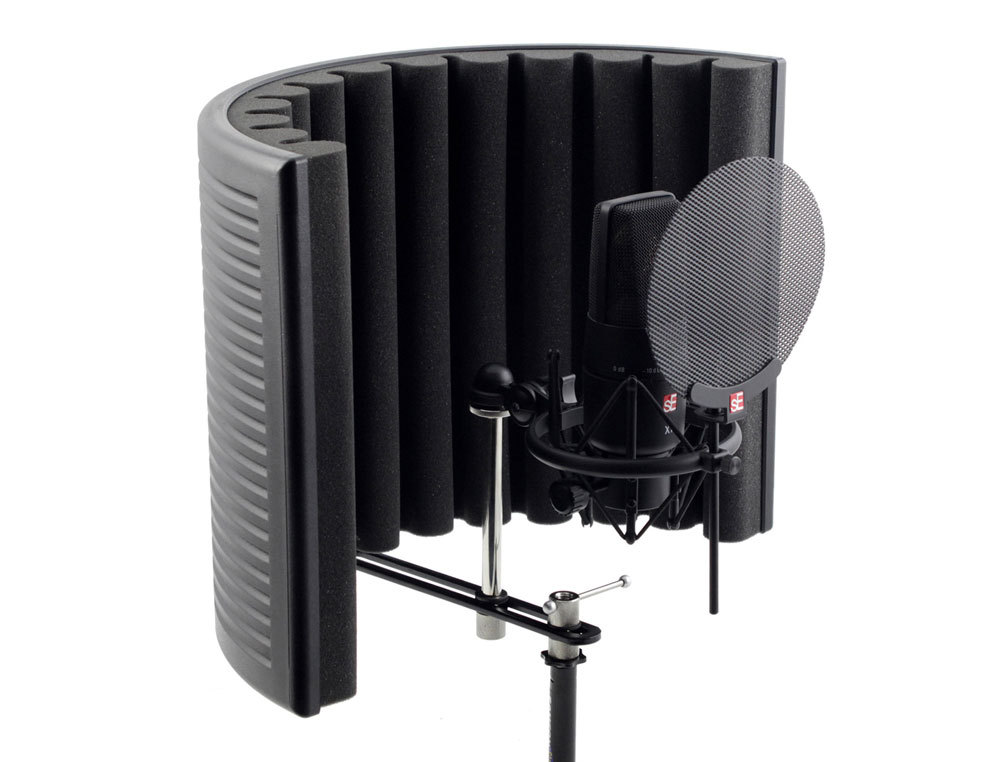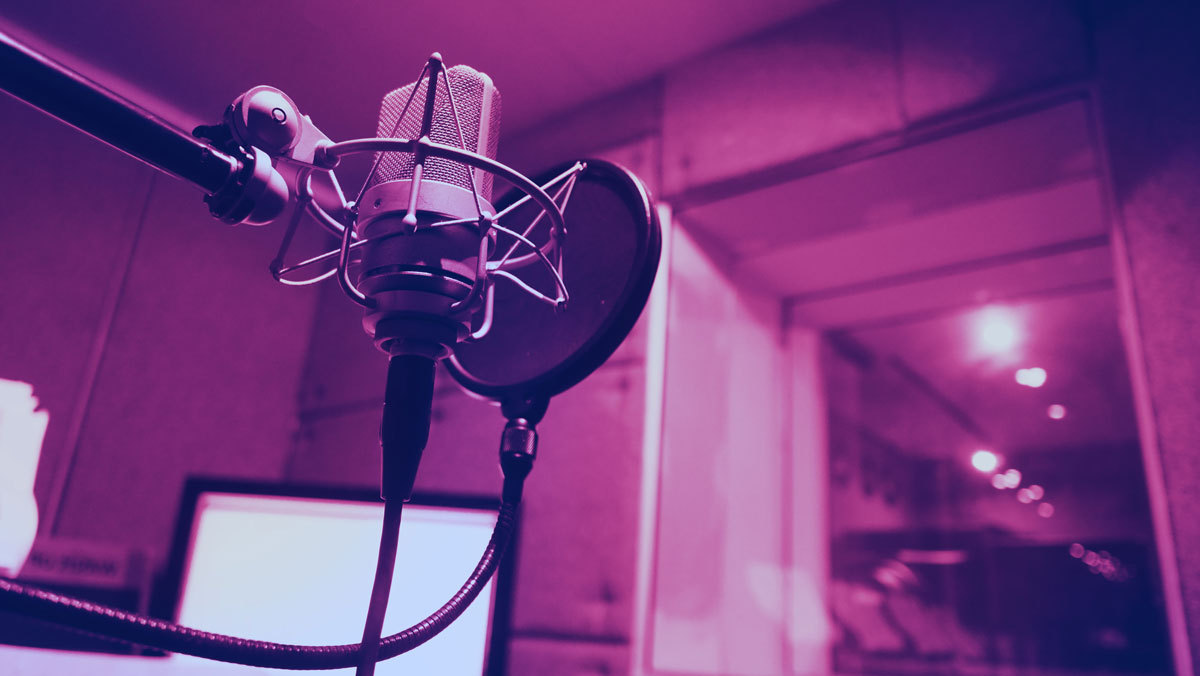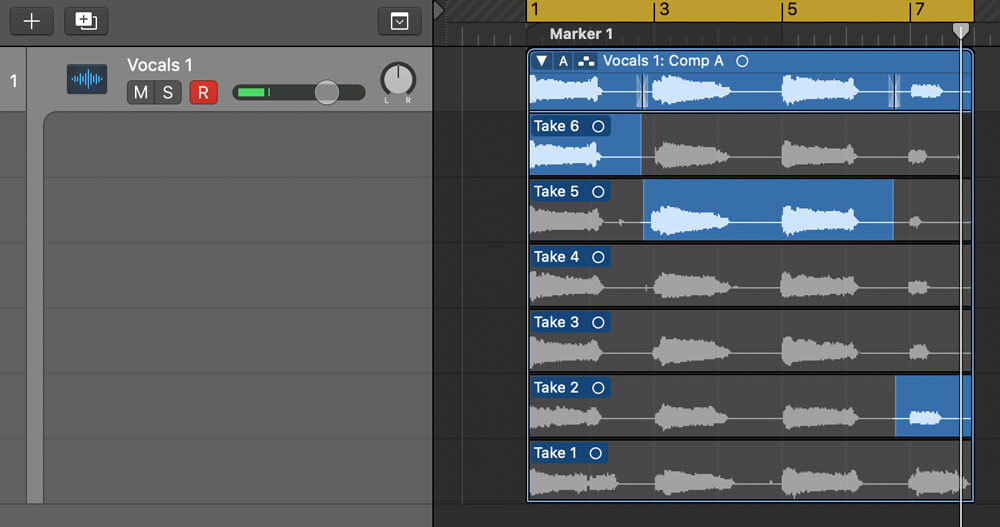10 - Check Your Gain Staging
Gain staging, which is the process of managing the level of an audio signal over multiple steps, has lost some degree of importance when recording entirely in the box.
Getting a good initial recording signal on the way in, though, is still very important.
We want to make sure we're getting a strong signal that takes advantage of the resolution modern digital recording systems offer while also leaving plenty of headroom.
Analogue and digital systems use different decibel scales of measurement:
In the analogue world, we use dBu, which stands for decibels unloaded.
Digital systems use dBFS, which stands for decibels full scale.
In the good old days (or bad - depending on how you look at it) a good rule of thumb was to aim for 0dBu on the input of each step in the signal chain.
This would result in a strong signal that was kept well away from the analogue noise floor but didn't result in excessive distortion.
0dBu in the analogue world equates to roughly -18 dBFS in the digital realm. A good safe starting point when recording into your DAW is to keep each analogue stage hovering around 0dBu (if applicable) and aim for around -18 dBFS in the DAW.
Gain staging deserves a complete article in its own right, but in essence, make sure you record at a healthy level that avoids any potential noise floor, makes the best of your digital resolution, and allows plenty of headroom before distortion.=
When recording vocals, test your input signal at the loadest point of the track to ensure you have enough headroom to cope with these critical sections.
How to Record Better Vocals - Summing Up:
One of the best tips for recording vocals at home is to set your studio up so the technology doesn't get in the way.
The tips provided in this article are solid advice for anyone getting started, but perhaps above all this is the importance of remaining creative.
Don't get too bogged down in the technical details. How the vocal actually sounds in context with the rest of your music matters above all else. Sit back occasionally, forget the technology (perhaps even close your eyes) and ask yourself if it sounds good. It's easy to fall into the trap of mixing or recording with your eyes rather than your ears.
Putting all technology and technique aside, it's the music that matters most.








